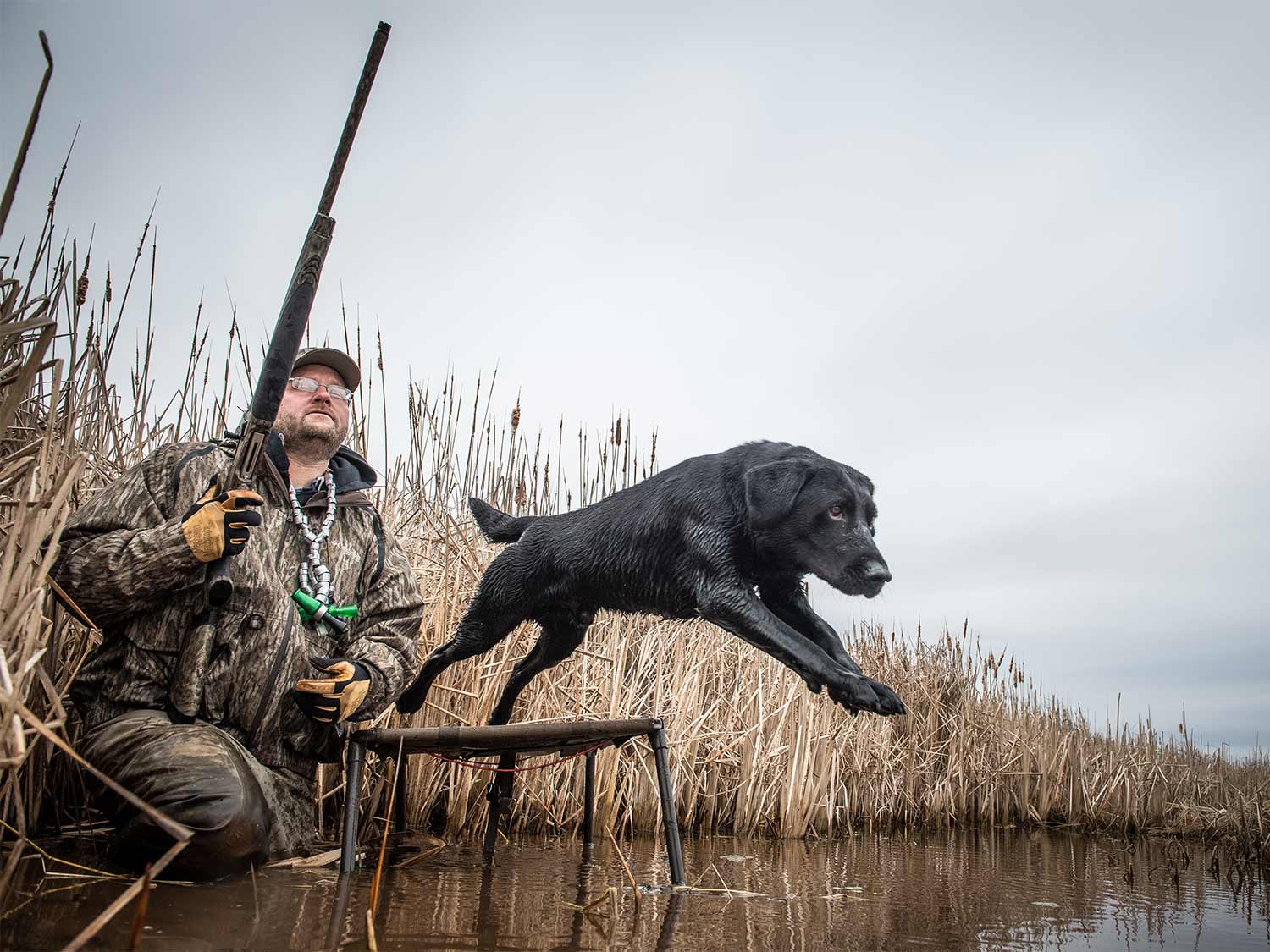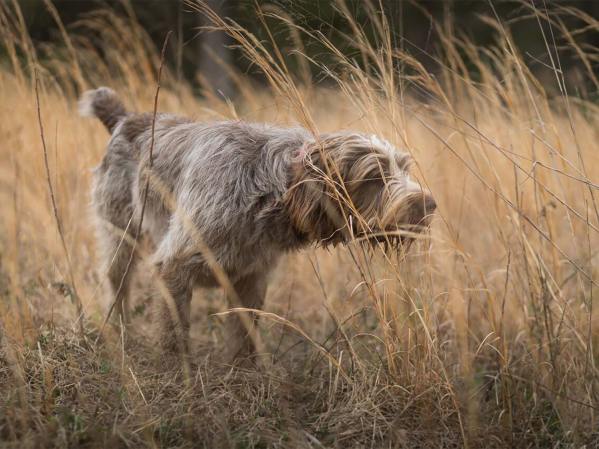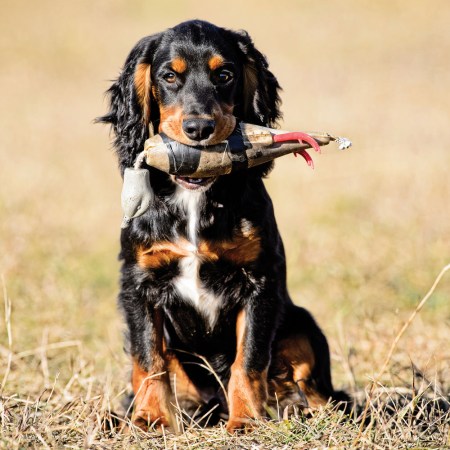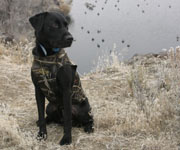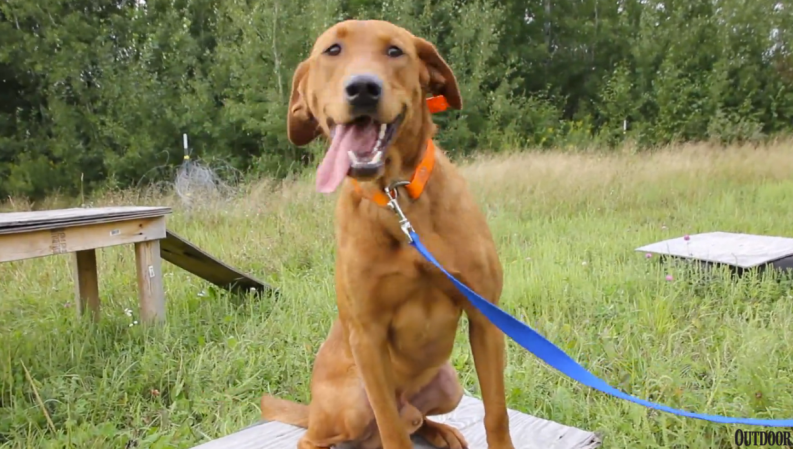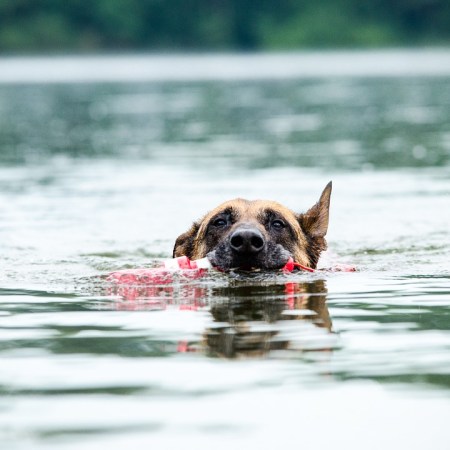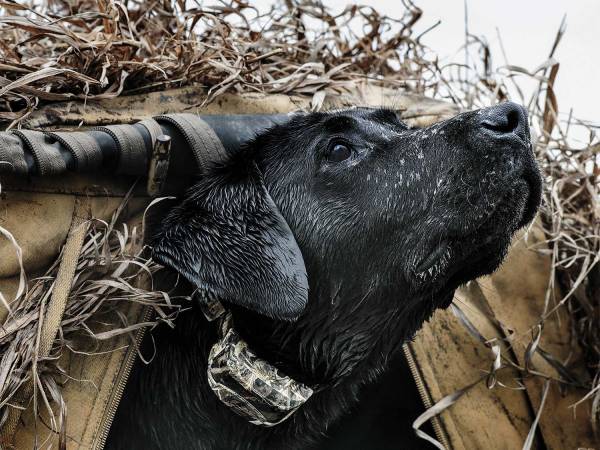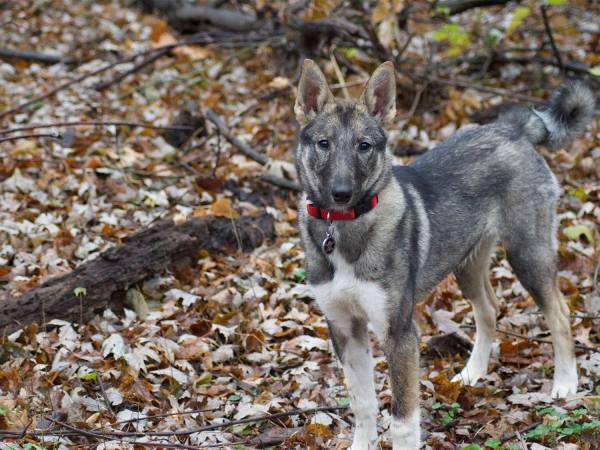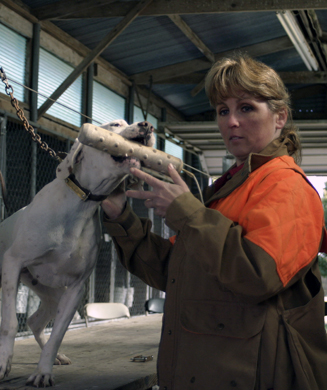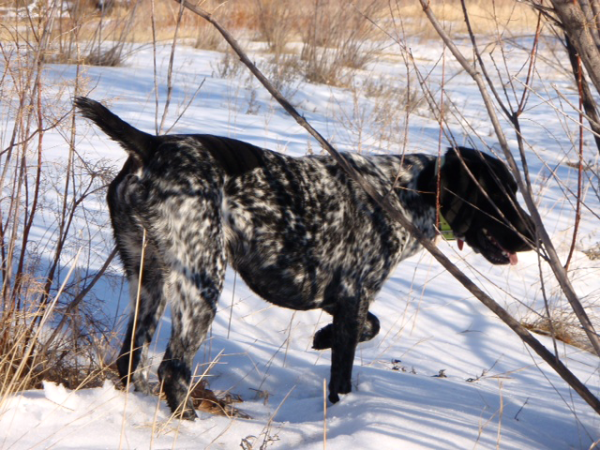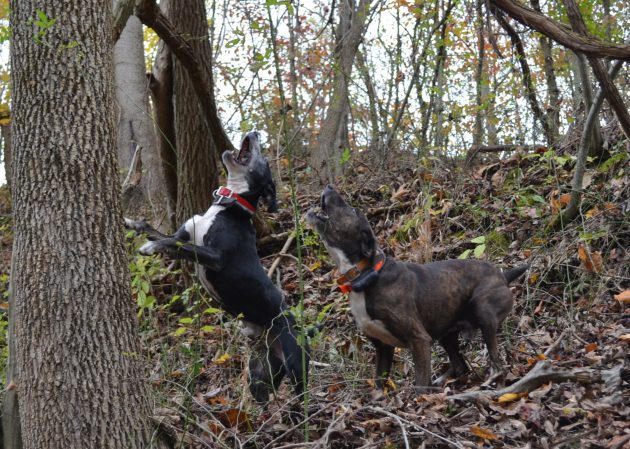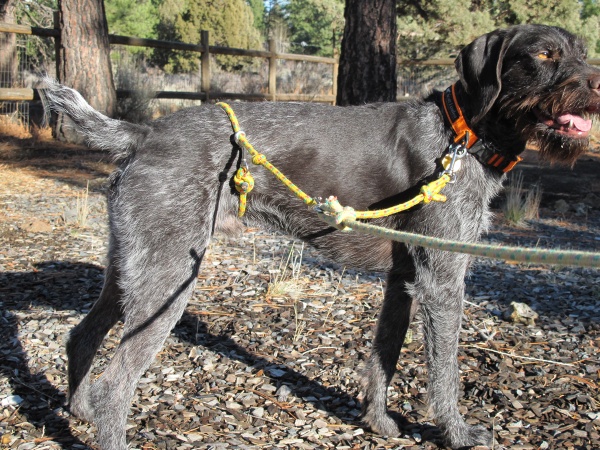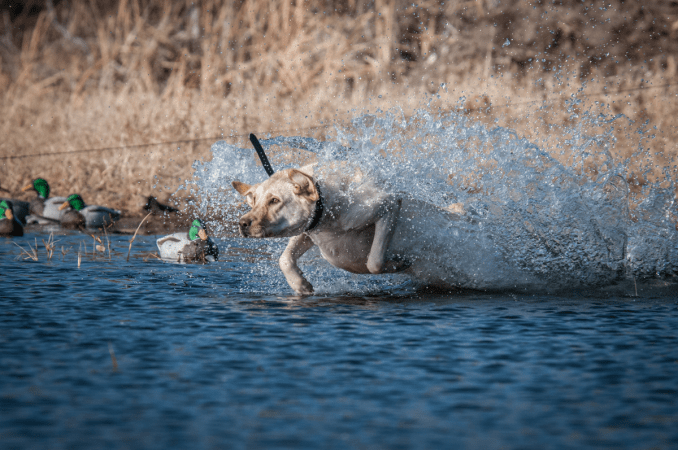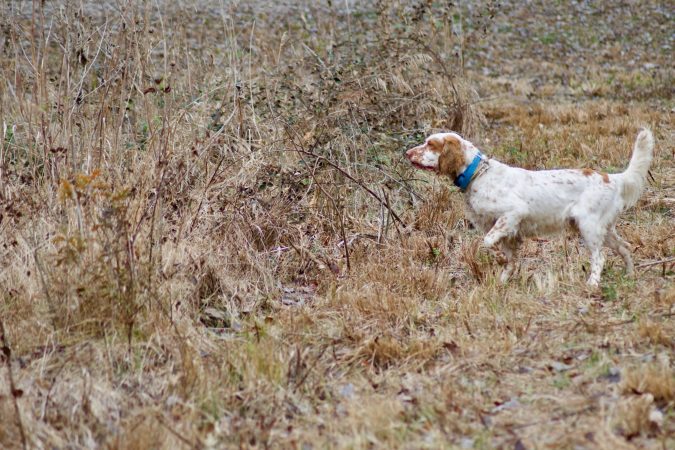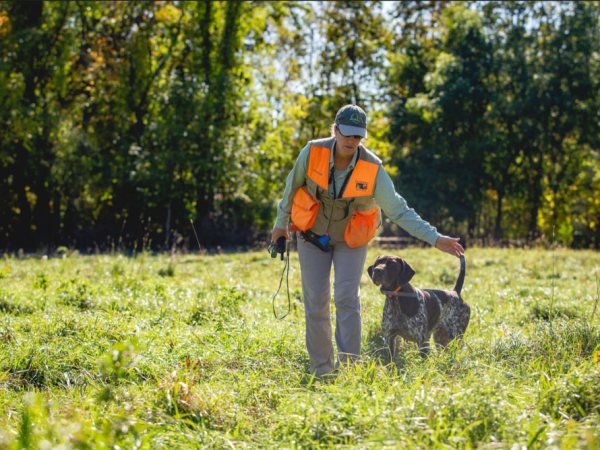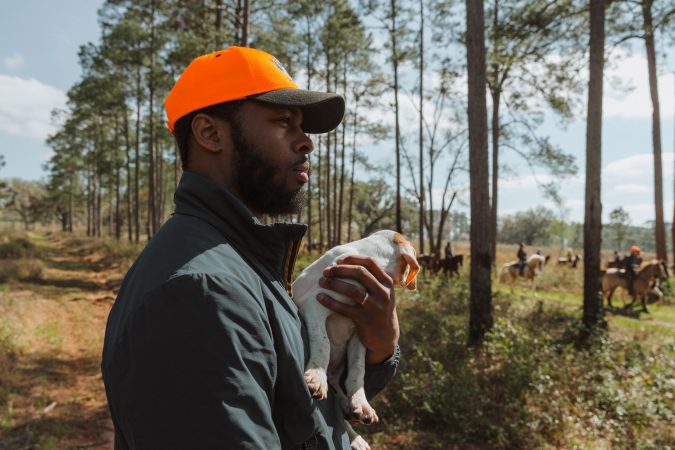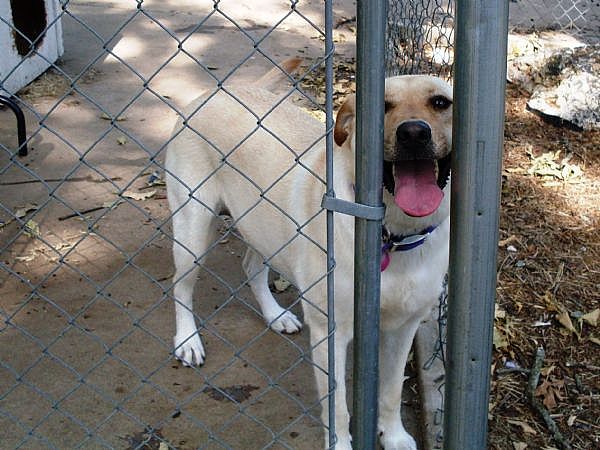The decision to send a pointing dog, flushing dog, versatile dog, or a retriever to a pro trainer is a big deal. Some owners want help starting puppies off with a solid foundation. Others are good with basic obedience, yardwork and training, and only need assistance with advanced work or specific issues. Then there are those who are so frustrated with their dogs that they need a lot of help. But it costs money to send a dog to a pro trainer, sometimes a lot. To get the most return on your investment of time and expense requires upfront research. Every dog is unique, and so is each owner’s requirements. Here’s some advice from pro trainers nationwide on constructive ways to form a team to help your pup succeed.
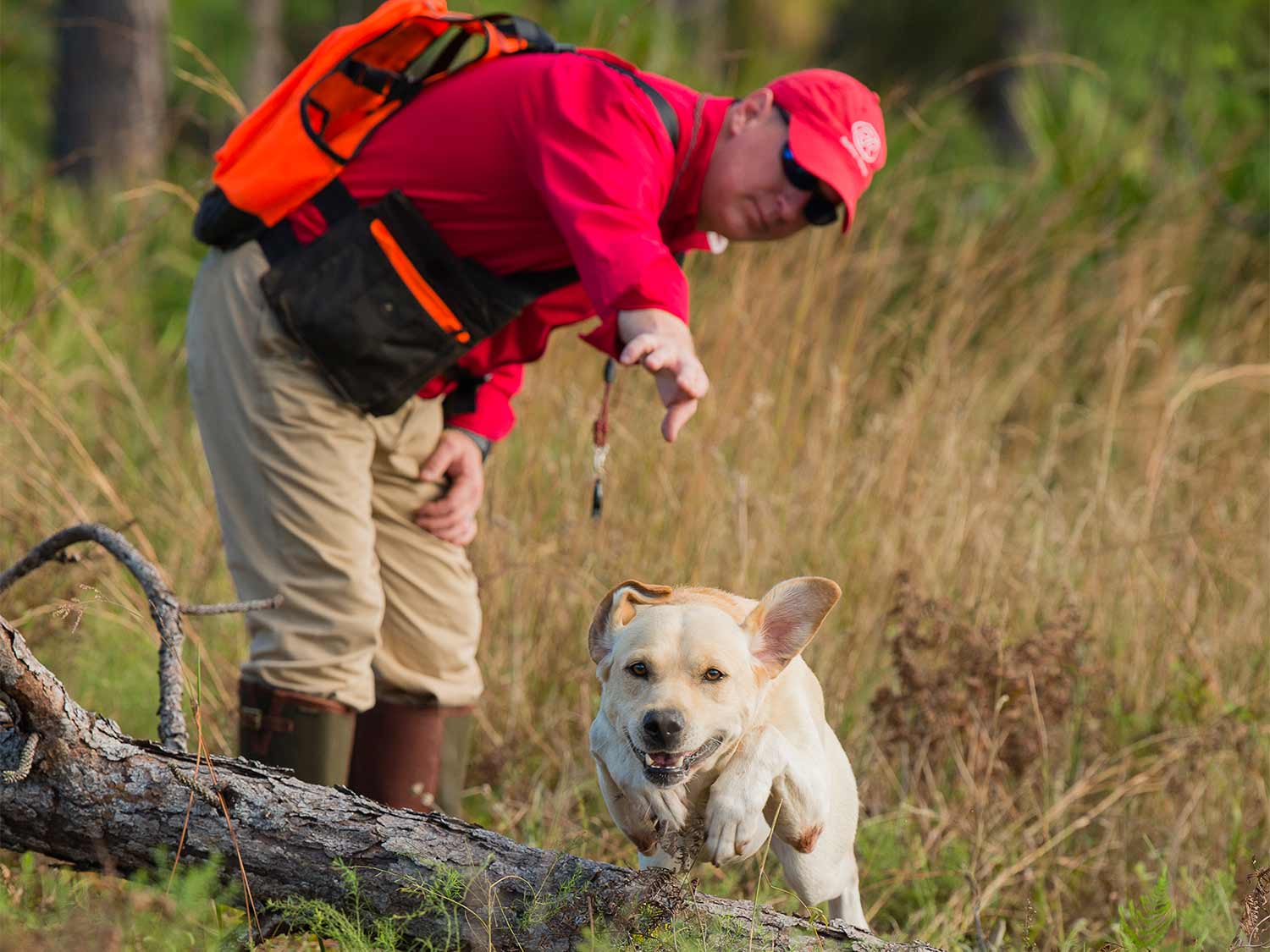
1. Set Achievable Goals
Jeremy Criscoe, a Eukanuba Pro Trainer out of Florida’s Blue Cypress Kennel, is a fourth-generation dog man who splits his training time between Florida and Alabama. Blue Cypress’ dog Gus made headlines a few years ago for being the only American born and trained UK Lab to win field trials abroad. To successfully work with clients, Criscoe relies on a series of benchmarks that begins when owners pick up a pup.
“I work with them to set goals, expectations and then formulate a training platform so they can reach those marks,” he says. “If I know that the dog will be used as a gun dog, a house dog, or a field trial dog, I customize a module to train a dog to their liking. I’ll review my expectations of the owners in weekly and monthly increments that run from the time they pick up their pup until the day they drop him off for training. For retrievers between 8 and 14 weeks, I like clients to focus on crate training, housebreaking, sitting, walking on a lead, and fetching. For pointing dogs, I want them to focus on recall, heeling, housebreaking and crate training. I need to know if they want a dog steady to wing, shot or broke all the way through. During that time, I like clients to come by the kennel so we can introduce their dog to kennel life. That regular exposure keeps the dog from going into shock from the dramatic change from a house dog to a working dog. We get aligned as a team and everyone, and especially the dogs, are on the same page.”
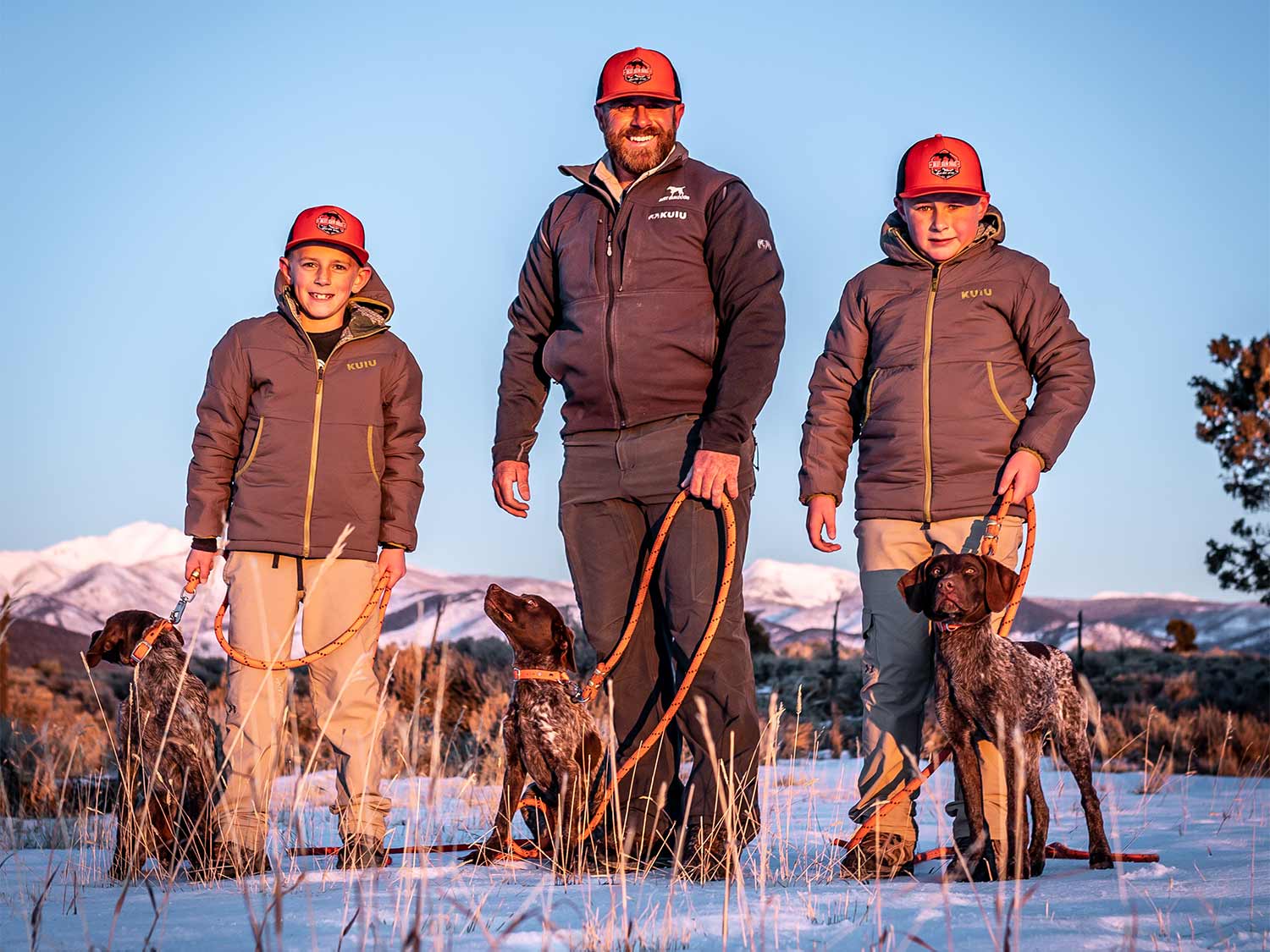
2. Don’t Freak Out Your Pup
For the past 25 years, Jared Moss of Best Gun Dogs in Utah has focused on breeding and training German Shorthaired Pointers. Recently, his customer base has shifted to a growing number of first-time owners/handlers. Moss wants customers to be fully knowledgeable about kennel life and training programs before they drop off their pups.
“Home life is very different from kennel life,” he says. “It can be quite a shock for a dog to trade sleeping on a couch to sleeping in a dog run. At home, a dog may be the only pup in the house. With a pro trainer that dog may be around 50 to 75 other dogs. At home the pup might get a short, daily walk that is 30-minutes long and in a park. At a kennel, dogs get conditioned and worked for much longer times. At home, rest follows the brief walk, while at a kennel there is little down time. Dogs barking, pacing and carrying on keeps most dogs from getting a peaceful rest. Home and kennel conditions are so different which is why I encourage all folks to visit the training kennel. It’s a time when pros can evaluate dogs, where we can set realistic expectations and also timelines. Prospective clients can learn about the daily and weekly routines, and we can cover how they can help transition their dog to kennel life. An easy and successful transition helps pro trainers create great gun dogs. If we have to spend a few weeks on basic obedience or conditioning to get a dog in shape then our timeline slows down.
“To that point, bring pro trainers a dog that is in good physical condition. By that I mean regularly run the dog and increase his stamina prior to arrival. Basic obedience is a big plus, with come, heel, and stay being good starting points. Retrieving is fine, and if owners can introduce their dogs to birds (just don’t let the dog catch the bird, please) that’s a plus. Bang a pot with a metal spoon while the dog is eating as it’s a good step before introducing the dog to a starter pistol. Expose them to new situations and bring the brand of kibble that you feed him at home. Your brand of kibble helps us to transition him to what we feed at the kennel.”
Read Next: Gun Dog Training Tips: How to Stop Your Dog From Spinning
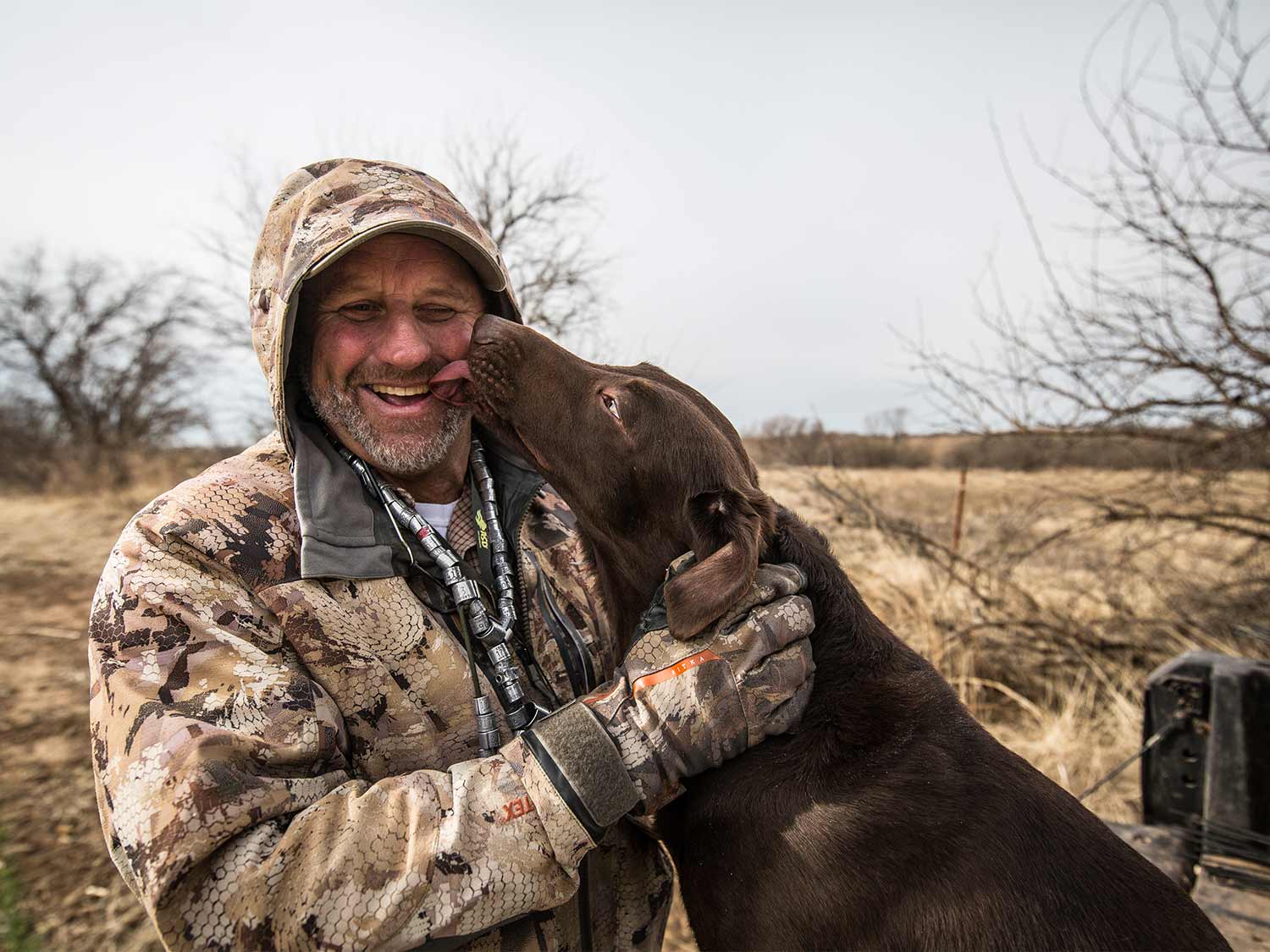
3. Don’t Be Afraid To Make Mistakes
Chris Akin, the owner of Arkansas’ Webb Footed Kennels and a Eukanuba Pro Trainer, knows dogs. So far, the Arkansas field trialer, trainer, and tester has trained more than 4,000 Labs. He’s produced more than 500 Hunting Retriever Champions, over 200 Master Hunters, 55 Grand Hunting Retriever Champions, and two Super Retriever Series Crowned Champions. Akin’s biggest tip is simple: proper socialization.
“Forty years ago, folks were terrified to do anything with their puppies,” he says. “They didn’t want to make a mistake. But the fact is that the biggest mistake comes from doing nothing. My biggest request for clients is to socialize their dogs. Get them used to everything they’ll encounter in their lives. Introduce them to water, fields, other dogs, kennels, boats, blinds, you name it. Get them used to yard work like sitting, fetching and retrieving, and walking quietly on a lead. Bird contact is a plus, but not necessary. When you drop them off at the kennel make sure they are socialized, and their instincts are sharp. I’ll take care of the rest.”
4. Keep Control
Ashly Kite of Moss Bend Retrievers in North Carolina has been training dogs for more than 25 years. Kite got his start with bird dogs before moving on to Labs. He’s competition minded and regularly competes in AKC field trials, hunt tests and the Super Retriever Series.
“Any kind of training for bird dogs, retrievers, or flushing dogs requires the dog to be under control,” he says. “Client dogs usually come in with a lack of obedience. A lack of obedience makes it challenging to break pointing dogs or to run marks and blind retrieves. That work is the extension of obedience, for if a dogs won’t mind a handler at his feet then he won’t mind at 250 yards away. Get dogs used to walking on a lead, and develop their recall. Teach retrievers to sit and stay, and only train bird dogs to stay. Folks who teach bird dogs to sit find that their dog folds under training pressure. Control is a learned behavior and not a forced behavior. Obedience comes from setting a high standard and keeping to it. Raise the dog up to the standard, maintaining that standard, and the dividends will pay off when I train them. That obedience carries over to general life, too.”
5. Take The Initiative
With age comes experience and from experience comes wisdom. For nearly a half century, Tennessee’s Robert Milner, the founder of Wildrose Kennels and now Duckhill Kennels, has focused his entire life on the learning, breeding and training of Labrador retrievers. He’s authored three training books and DVD’s designed to educate handlers. His advice to handlers? Don’t send him your dog. Instead, attend one of his classes.
“The Chinese adage of ‘give a man a fish he eats for a day, teach a man to fish and he eats for his lifetime’ applies to dog training,” he says. “I want owners to be able to successfully train their own dogs as much as they can.
“Training principals have changed significantly over the past few decades. A lot of the older superstitions have been replaced with fact-based, scientific research. Human nature causes us to insert ourselves into the dog’s life when dogs really just need some encouragement to do what they were bred to do. That’s why I focus most of my time on educating the trainer.
“I want handlers to be fully knowledgeable about Labs and how dogs learn and communicate. After that I simplify training by using the Positive Method. I focus on five critical behaviors: recall, delivery-to-hand, whistle stops, memory retrieves (which is the precursor to blind retrieves) and sit/stay. Handlers fluent in those five behaviors can produce a world-class gundog on their own. It’s a method I’ve used while training nearly 3,000 dogs, and it works. I’m in it for the dogs and believe sporting dogs deserve better lives. The handler doesn’t need me to train his dog. He needs to learn how to train his dog. And $150 for a two-day class is far less expensive than even one month of professional training.”
6. Keep A Connection
Mark Fulmer, owner of South Carolina’s Sarahsetter Kennels is a pointing dog guy. “I see a lot of dogs every day, so I can figure out the training specifics,” he says. “But there is one element I can’t impact, and that is the connection between a dog and his owner. Before owners bring dogs to me for training, I want them to have spent time with their dogs. And by time I mean a lot of it.
“Spending time together creates a bond between the owner and his dog. If that bond is strong I can do a lot with the dog. If the bond is weak then my efforts will take time. A strong bond with a dog creates confidence in the pup. It creates desire to work, a willingness to please, obedience, and a boldness in the field. Ideally I’d like an owner to have positively exposed the dog to everything he wants me to work on. Positive is the key word. For example, if an owner drags or throws a dog into the water then the dog will be fearful of the water. It will take me time to get the dog to overcome his fear of the water so that he can make a water retrieve. If the dog isn’t conditioned to walking and standing calmly on a lead then how will the handler be able to control the dog when hunting?
Read Next: 19 Gun Dog Terms You Should Know When Training a Hunting Dog
“I’d also love to have owners come by the kennel a few times so we can work their dogs, put of some birds, and evaluate the dog together. We’ll come to a mutual agreement of what needs to be done that way. I run a progressive, early development training program that takes advantage of a pup’s rapid brain growth and development. So the younger I can start working with a dog the better. 8-12 week old puppies are the ideal.”
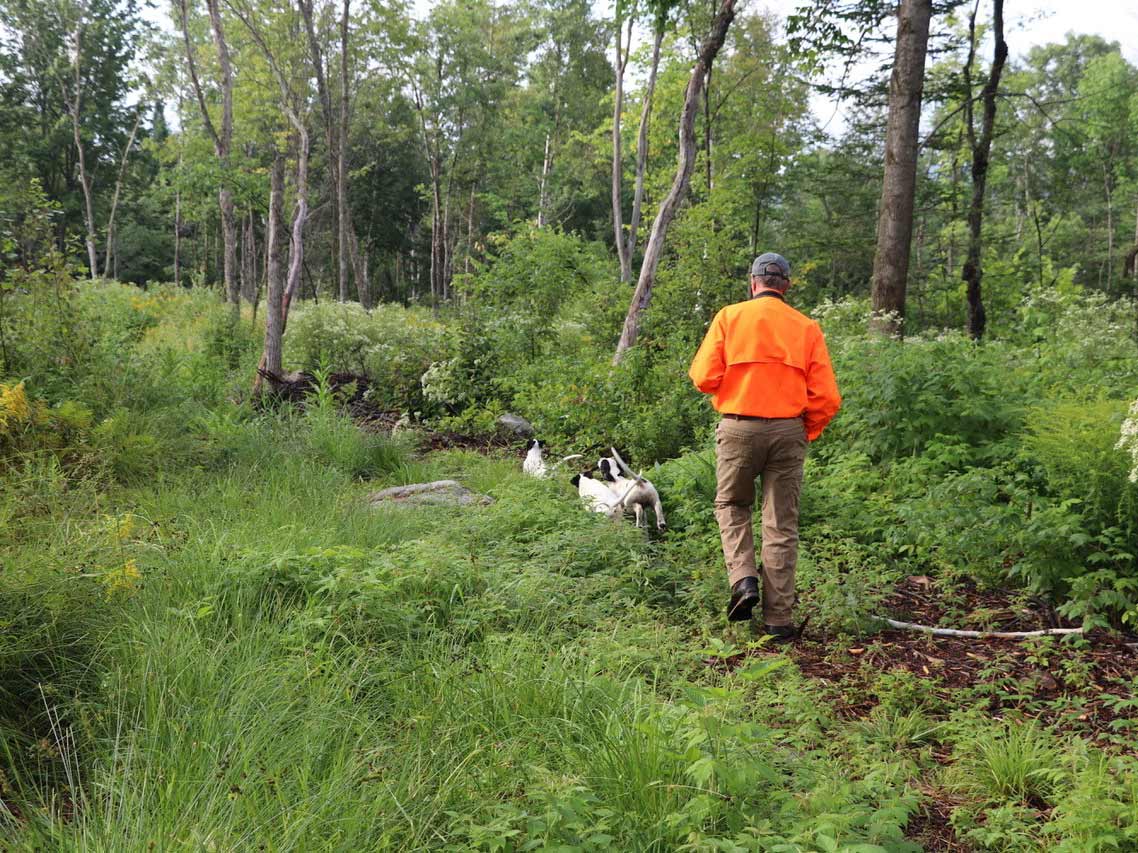
7. Practices Participation
Craig Doherty, the founder/owner of Wild Apple Kennels, is a breeder, trainer, guide and trialer of his Wild Apple line of English pointers. Readers may recognize Doherty from his regular column in the Pointing Dog Journal, as the author of the recently released book Building a Grouse Dog, and as a fixture on the cover dog field trial circuit. He spends three seasons in New Hampshire and the winter in Kentucky. Over the past 35 years, Doherty’s training module has evolved into a mentorship program which is a unique and successful way to bring along dogs. By working with clients, Doherty solves problems before they start.
“I’m in a unique situation,” he says. “Virtually all of my training clients started by owning one of my Elhew-bred English pointer pups. They came to Wild Apple Kennels to select a puppy and returned frequently to work their pups. When possible, the puppies stay with me for the first six months of introduction-to-everything and then go home with their owners. They come back in subsequent summers for additional training and breaking.
“I run a boutique kennel with 20 dogs, and I spend a lot of time with my clients. My training program has become somewhat of an apprentice program. If we’re not training, we’re trialing and if we’re not trialing, we’re hunting. It’s a progressive approach, one that I work on regularly with my clients and their dogs. My advice is for clients to determine a level of involvement with their trainer. For me, more, regular work is the key to success. All I ask for in a client is for them to have an open mind and to participate regularly. Over the years I’ve been blessed that both come naturally.”
Training season is here, and if you’re in the search for a pro trainer then think about the advice from these pros. They’ve been around for a long time, and they’ve worked with a lot of different dogs. If you’re having a problem as we all do from time to time, the odds are high they can help figure out a fix.
